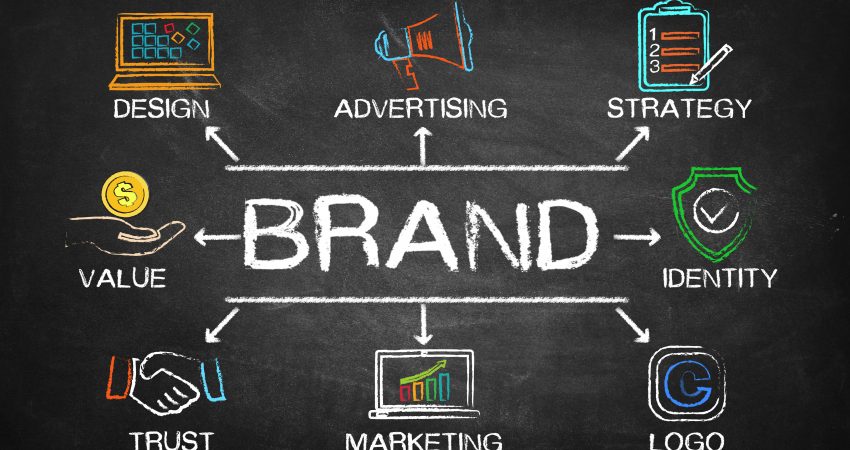What Does Your Brand Represent?

Having a brand is about more than choosing colors, shapes, and styles you like then molding them altogether. Instead, it takes a process to be able to establish your brand with a clear message for your customers to understand. The purpose of a brand is to connect your customers to your business, evoking emotions and creating brand recognition to strengthen your image.
If you don’t take the time to build your brand, you can never expect to establish a core target market or advertise and market your business correctly. What’s more, you will struggle to help your team understand the direction in which you’re heading as well.
What Does Your Brand Identity Include?
Creating your brand is a process that includes more than one step, and it’s about more than the visual components as well. When you create your brand, you have to create an identity for it as well. That identity will prove to be what your customers look for and with which they connect.
Your brand identity includes the visual aspects such as the logos and marketing material, but the voice of it as well. The voice can often be related to the tone – be it elegant, classy, business-like, or casual. The voice can often depend on what you are looking to sell or offer.
The value of your business and your personality also form a significant part of your brand identity. While the character of your brand may change over time, establishing it from the very beginning can give you a base from which to develop. Without knowing what your brand is from that first day, you will struggle with each component encompassing it.
The Steps to Knowing What Your Brand Represents
If you’re screaming “WHO AM I!?” from the rooftops, then it’s clear to see you are struggling with your brand, image, and identity. While you may know your brand needs to represent something, you may not know what steps to put in place to get there.
The first step is to analyze your market and company from an outsider’s perspective and then from the perspective of your team and yourself. This is where you need to get critical. Look at the strengths and weaknesses of your business, the opportunities available to grow and fill niche markets, and the threats facing your company – e.g., a direct competitor. Being aware of these points can help you to put a line in the sand and either develop a representation for your brand or understand the one that’s already in place.
The next step is to establish your business goals. You need to know who your target market is, what you hope to achieve with them, and the type of marketing you will put in place to attract them.
Brand representation is also about the message and your visual components. How will your design, style, copy, colors, and fonts translate into a brand that’s appealing to your target market?
What Is Your Business Emotion?
Your business may not feel emotion as a living and breathing creature, but it’s your job to establish an emotion and to evoke it in potential customers. When you develop emotion, you develop connections. Some of the most powerful emotions to connect your customers to your brand can include inspiration, relevance, creativity, solace, comfort, and security.
Without emotion, how can you expect your customers to feel anything except disconnection with your business? Emotional branding is the key to creating a loyal following.
There are several steps involved in creating a successful brand, with graphics and design only the very beginning. Your brand has to have meaning, representing an image that’s bigger than you and connects with your customers on an emotional level. If you are still in the beginning stages of creating an image, it might be time to re-evaluate your brand and decide where you plan on taking it next.







